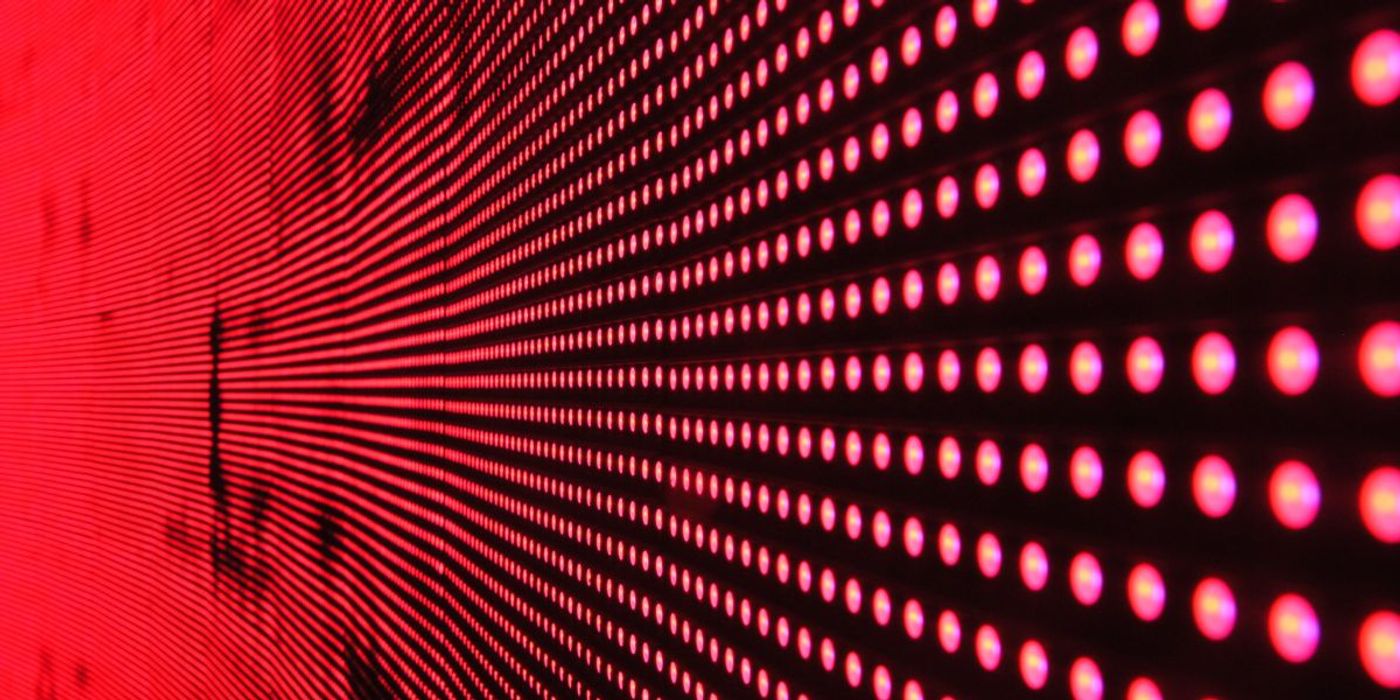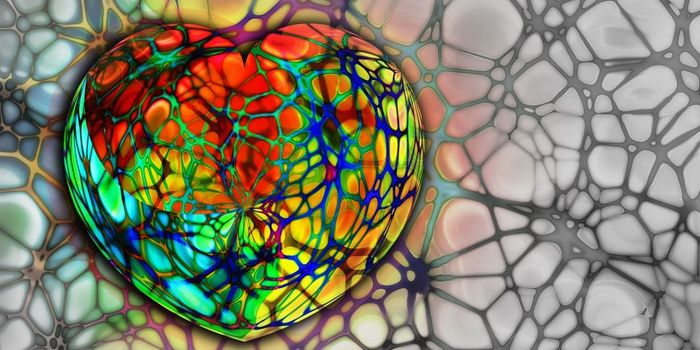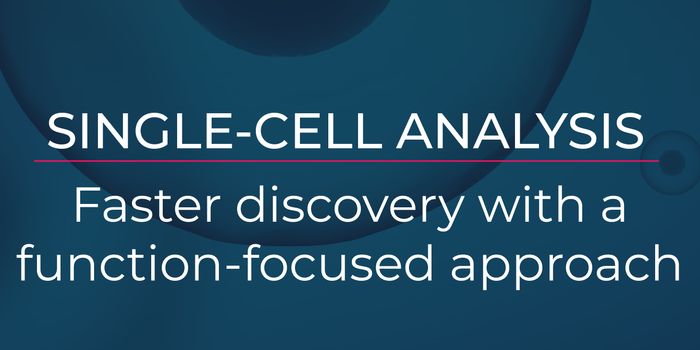Light Therapy Accelerates Healing in Burn Injuries
Photobiomodulation therapy (PBM), a form of low-dose light therapy, can speed up recovery from burns and reduce inflammation in mice. The study was published in Scientific Reports by researchers from the US and Pakistan.
In PBM therapy, a non-ionizing light source such as lasers, LEDs, and broadband light, is placed near or on top of the skin. This allows photons to penetrate tissue, where they interact with chromophores located on cells which produce photophysical and photochemical reactions. This then goes on to alter the molecular, cellular, and tissue levels in the body.
"Photobiomodulation therapy has been effectively used in supportive cancer care, age-related macular degeneration and Alzheimer's disease," said Praveen Arany, lead author of the study.
"A common feature among these ailments is the central role of inflammation. This work provides evidence for the ability of photobiomodulation-activated TGF-beta 1 in mitigating the inflammation, while promoting tissue regeneration utilizing an elegant, transgenic burn wound model,” he added.
In the present study, researchers set out to see whether PBM could speed up the healing of third-degree burns in mice over a nine-day period. They found that the treatment triggered Transforming growth factor-beta 1 (TGF-beta 1), a cytokine that aids in wound healing and immunoregulation in cancer, and stimulated various cells types involved in healing.
In particular, TGF-beta 1 stimulated fibroblasts, important for tissue repair and the main connective tissue in the body, as well as macrophages, immune cells that reduce inflammation, clean ell debris, and fight infection.
Enhanced TGF-beta 1 signaling in epithelial cells, which cover all body surfaces, is also thought to have contributed to improved burn wound healing.
“In conclusion, this study demonstrates the utility of PBM treatments in mitigating burn injury and provides the biological rationale for its clinical application in wound healing,” wrote the researchers.
“Further clinical translation via human studies can provide a valuable tool for wound management,” they added.
Sources: Scientific Reports, American Society for Laser Medicine & Surgery, Science Daily, National Cancer Institute









